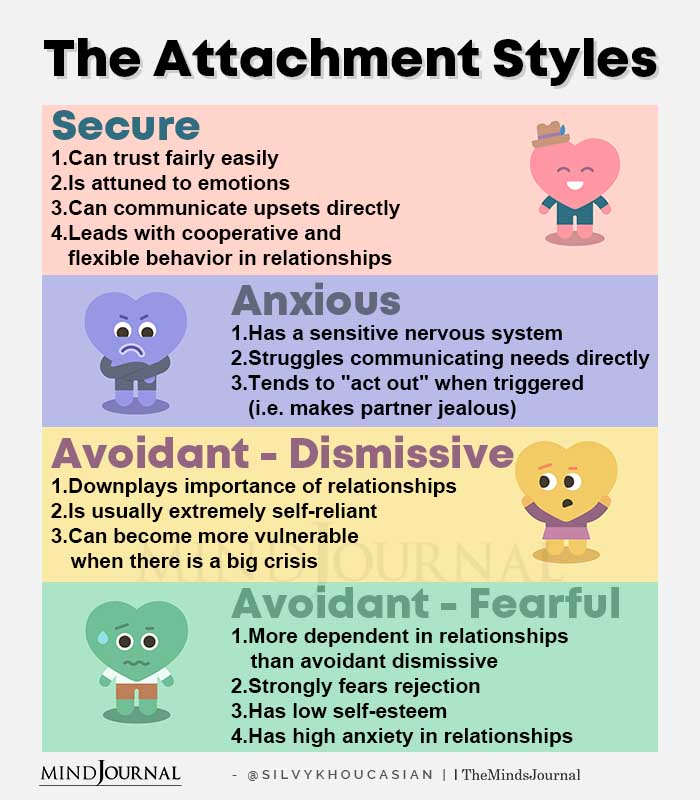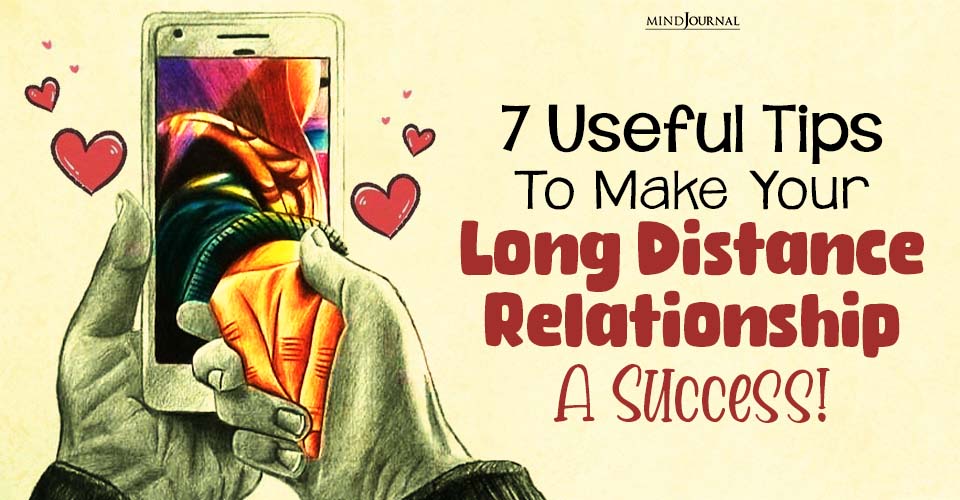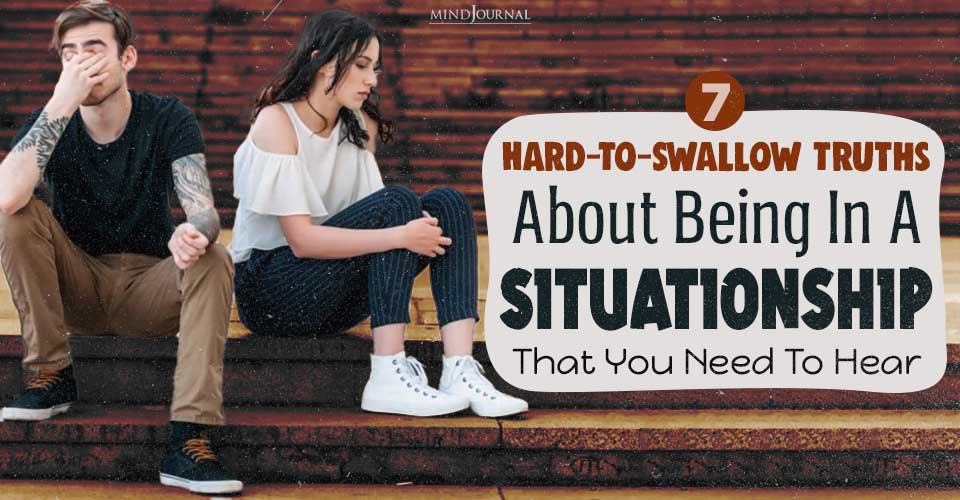Have you ever wondered why some people seem to effortlessly navigate the complexities of relationships, while others struggle to find lasting connections? The secret lies in understanding the concept of secure attachment style in adults.
Just like a strong foundation supports a sturdy building, a secure attachment style serves as the bedrock for healthy and fulfilling relationships.
So let’s explore what secure attachment is, how to recognize the signs of secure attachment, and the profound impact it can have on our relationships in adulthood.
What is Secure Attachment Style?
Before we can delve into what secure attachment style means, first let us understand what attachment means.
According to the attachment theory, attachment refers to a particular aspect of the parent-child relationship which aims to make a child feel safe, secure and protected. However, attachment is not similar to ‘bonding’ in this context.
Infant-parent attachment involves four major types – secure, insecure-avoidant, insecure-resistant and insecure-disorganized.

At its core, secure attachment style refers to a deep-rooted sense of safety, trust, and emotional security within relationships. It is the result of consistent and responsive caregiving during early childhood, where individuals learn that their needs will be met and that they are worthy of love and care.
Related: Is Your Attachment Style At The Root Of Your Struggles?
“Infants whose caregivers consistently respond to distress in sensitive or ‘loving’ ways,” for instance holding an infant up promptly & reassuring them when they cry, “feel secure in their knowledge that they can freely express negative emotion which will elicit comforting” from their primary caregiver (parents), explain researchers.
This attachment style becomes a blueprint for how we approach relationships throughout our lives. A secure attachment style in adults enables us to deal with distress in an ‘organized’ and ‘secure’ manner.
Recognizing the Signs of Secure Attachment
Not sure if you have a secure or insecure attachment style? Here are some common signs of secure attachment that will help you in identifying your attachment style as an adult –
1. Emotional Availability
Individuals with a secure attachment style are comfortable expressing and receiving emotions. They openly share their thoughts, feelings, and vulnerabilities, creating a safe space for their partners to do the same.
2. Trust and Intimacy
Those with secure attachment have a strong foundation of trust in their relationships. They feel secure in relying on their partners and believe in their partner’s reliability and commitment.
3. Effective Communication
Securely attached individuals excel at open and honest communication. They actively listen, express empathy, and seek understanding, fostering healthy dialogue and problem-solving within their relationships.
Related: How Attachment Style Determines Your Choices
4. Autonomy and Independence
Contrary to popular belief, secure attachment does not mean being overly dependent on a partner. In fact, securely attached individuals value their own autonomy and respect their partner’s need for independence. It allows them to strike a healthy balance between togetherness and individuality.

The Impact of Secure Attachment in Adulthood
How does secure attachment in adulthood influence relationships and mental well-being? Here are some of the effects of secure attachment style in adults –
1. Stronger Emotional Bonds
Securely attached individuals are more likely to form deep emotional bonds with their partners. The foundation of trust and security allows for a greater sense of emotional closeness, leading to increased relationship satisfaction and longevity.
2. Better Conflict Resolution
The presence of secure attachment paves the way for effective conflict resolution. Individuals with a secure attachment style approach disagreements with empathy, seeking compromise and understanding rather than resorting to aggression or avoidance.
3. Enhanced Self-Esteem
Growing up with secure attachment fosters a healthy sense of self-worth and confidence. This positive self-image translates into adult relationships, enabling individuals to set healthy boundaries, assert their needs, and engage in mutual respect with their partners.
Related: How Childhood Attachment Patterns Affects Adult Relationships
4. Increased Resilience
Securely attached individuals have a greater capacity to cope with relationship challenges and bounce back from setbacks. The emotional security they experienced in childhood provides a solid foundation, allowing them to weather storms and maintain relationship stability even during difficult times.
5. Positive Parenting
Securely attached adults often become nurturing and responsive parents themselves. They understand the importance of providing a safe and loving environment for their children, perpetuating a cycle of secure attachment across generations.

Takeaway
In a world where relationships can be complex and challenging, understanding the power of secure attachment style in adults becomes crucial. When we cultivate a secure attachment style, we lay the groundwork for healthy, fulfilling, and lasting relationships.
By recognizing the signs of secure attachment and its profound impact, we empower ourselves to build stronger emotional connections, communicate effectively, and navigate the highs and lows of life with resilience and grace.
Let us embark on this journey of self-discovery and growth, fostering secure attachment within ourselves and our relationships.
Related: 14 Personality Traits of People With A Secure Attachment Style
Frequently Asked Questions (FAQs):
What does secure attachment look like in adults?
Secure attachment in adults is characterized by trust, intimacy, and effective communication in relationships, fostering a sense of security and comfort.
What is the unhealthiest attachment style?
The unhealthiest attachment style is typically considered to be disorganized or fearful-avoidant, marked by inconsistency and difficulty trusting others.
What are the behaviors of a securely attached person?
Behaviors of a securely attached person include open communication, empathy, comfort with intimacy, and a balanced sense of independence and dependence.










Leave a Reply